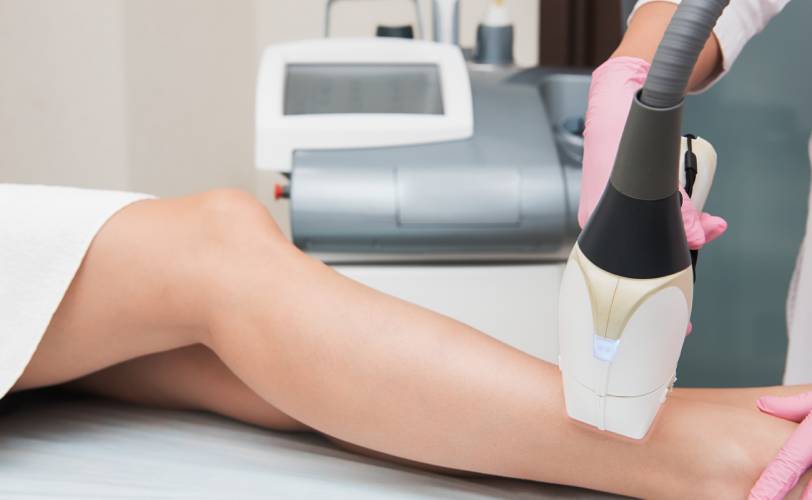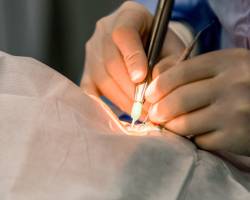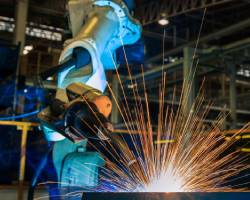
Recently, not only women but also men are increasingly getting rid of unwanted hair. There are various methods of so-called hair removal. This time, we will talk about medical laser hair removal using a semiconductor laser diode and the heat dissipation material used in these devices.
TABLE OF CONTENTS
1.About hair removal
Though shaving and plucking with tweezers are common types of hair removal, other types seem to include wax hair removal, medical laser hair removal, and needle hair removal.
Wax hair removal is a method of removing hair from hair roots by painting the skin with a wax that adheres to the hair and then peeling it off. After a while, hair will grow again.
Medical laser hair removal seems to be a method in which hair root tissue is damaged by exposure to a laser beam that responds to black or brown color and hair is removed.
Needle hair removal is like a method in which a needle is punctured into a pore, and the hair papilla is sintered by electric current and high-frequency heat to break the tissue and remove hair.
Wax hair removal is intended for people who want to temporarily lose hair because they worry about the pains and the hair appears to grow after a while.
Some say that needle hair removal may be affected by differences in the technological capabilities of the person who performs the procedure, so it may take some courage to try it.
2.Laser hair removal

We won't explain the details, but it seems to be called a cell-selective treatment because it takes advantage of the fact that "monochromatic light lasers are absorbed and reacted to by a substance", so when you emit a laser beam on it, the laser can react and destroy only that pigment and not the surrounding skin.
The absorbed laser converts light energy into thermal energy in the hair (when sunlight is collected with magnifying glasses, it recalls an experiment in which black paper gradually heats and flames up) and appears to be able to generate 65-70°C heat necessary for breaking hair cells and papillae.
3.Role of the heat dissipating substrate material
We cannot explain the structure of the area where the laser emit, so please don't let us explain it.
Since the area where the laser is emitted is quite hot locally, and it is important to allow the device to radiate heat constantly when the laser is emitted, in order to extend the life of the device.
If there is a material near the LD (Laser Diode) chip that has a high thermal conductivity and has a similar coefficient thermal expansion as that of LD, it can serve as its heat dissipation. A.L.M.T.Corp. is actually manufacturers making materials that would help with such heat dissipation.
4.Summary
We were talking about medical laser hair removal. How was it?

Please be aware that our heat dissipation substrate material is also used in these devices.
